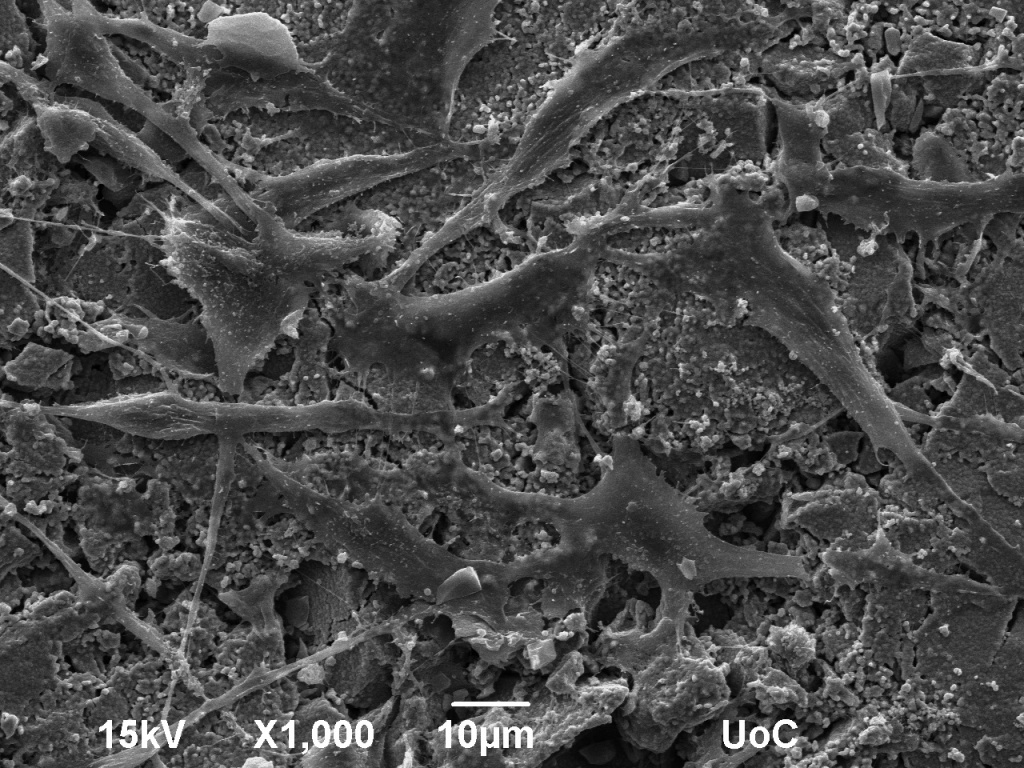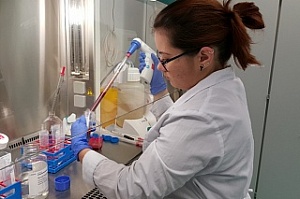TSU scientists with international colleagues are implementing a project aimed at finding ways to improve the survival rate of bone implants. Scientific staff study features of the immune system response to a foreign body, to minimize biological processes related to its rejection. Currently, testing of biopolymers, composites on its base, and nanoceramics created by TSU scientists carried out on the basis of universities in Germany and Greece.
- One of the main problems arising from the implantation of foreign bodies in the body, is the development the inflammatory process, which can lead to implant failure, - said Julia Kzhyshkovska, Head of the TSU Laboratory for Translational Cell and Molecular Biomedicine, professor at the Heidelberg University. - In order to reduce the risk of complications to a minimum, you need to figure out what is the response of immune system cells to the material, and try to regulate these processes.
TSU scientists carry out checks of the biocompatibility at the Institute of Transfusion Medicine and Immunology (Medical Faculty Mannheim) of Heidelberg University. For nearly two years, researchers at TSU Laboratory for Translational Cell and Molecular Biomedicine conducted experiments, during which studied the mechanisms of interaction of biomaterials with cell environment.
Chemists and biologists tested the reaction of the defense system to the components that make up the composite and the impact of physical and chemical properties of the material (composition, roughness and porosity, and others.) on the immune response. The data helped to choose the optimal composition of composites improving the immunotolerance of biomaterials.
The next target for testing biocompatibility will be nanoceramics created by the TSU Faculty of Physics and Engineering and Institute of Strength Physics and Materials Science SB RAS for the manufacture of the intervertebral cages and small joints of the extremities. Currently, the University of Crete (Greece) has been researching the properties of the material.


